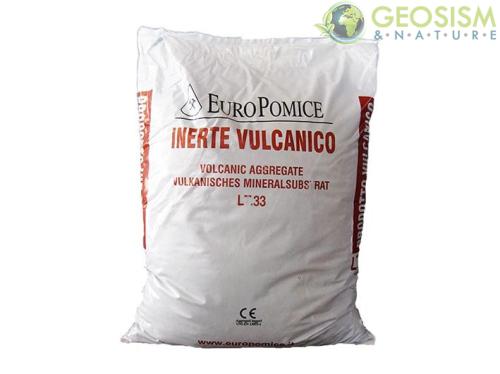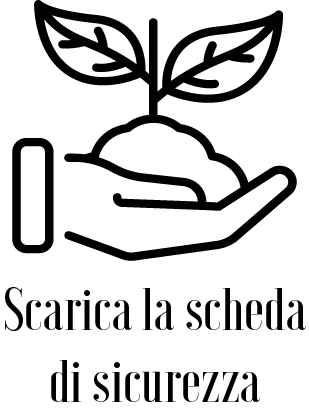Zeolite & pumice 7/12 mm (about 29 kg - 33 lt)
ZEOLITE & PUMICE 7/12 mm (about 29 Kg - 33 lt).
50% blend of zeolite & pumice; the material has a small amount of processing powder useful for the growth and nourishment of plants. The product is a natural mix of the two minerals (it is not an artificial mixture of pumice and zeolite); it is therefore a rock that has a composition that is halfway between pumice and zeolite.
Group of minerals consisting of 52 mineralogical species chemically defined as "hydrated aluminosilicates of alkaline and / or alkaline-earth elements" (essentially, Na, K and Ca) and structurally constituting the family of tectosilicates with feldspar, feldspar and silica minerals. In this family of silicates, the primary structural units, tetrahedra [(Si, Al) O4], are connected to each other in the three directions of space to form three-dimensional scaffolds with a consequent ratio of tetrahedral cation (Si, Al) to oxygen of 1: 2.
Unlike what occurs in other families of silicates where the same structural units are isolated (nesosilicates, e.g. olivines), connected in a single direction (inosilicates, e.g. pyroxenes) or in two directions (phyllosilcates, e.g. clay minerals ), the three-dimensional tetrahedral scaffolding of tectosilicates gives rise to ?open? structures due to the presence of extratretrahedral cavities of increasing volume from feldspar and silica minerals to feldspar to zeolites.
The three-dimensional tetrahedral scaffolding of zeolites is "very open" (low tetrahedral density) and, as such, has large internal cavities (from 20 to 50% of the volume of the crystal) communicating with each other and with the outside through channels of molecular dimensions (from 2.5 to about 7 Å; 1 Å = 10 ?8 cm).
In their natural state, cavities and channels are occupied by cations (Na, K, Ca) and water molecules. The cations, necessary to balance the negative electrical charges of the tetrahedral scaffold due to the partial replacement of Si4 + with Al3 +, being weakly linked to the tetrahedral scaffold, enjoy a certain freedom of movement and can exit, through the channels, from the cavities and therefore from the crystal only if replaced by other cations having the same number of positive electric charges.
This property, known as "cation exchange capacity" (CSC), has an intensity (expressed in meq / g) increasing with the increase of the Al content in the tetrahedra and varies from about 2 meq / g in the zeolites poor in Al (clinoptilolite , ferrierite mordenite) at 3-4 meq / g in zeolites rich in Al (cabasite, phillipsite).
The water, from 10 to 20% by weight depending on the zeolite species, can be easily and more or less continuously removed by heating below 300-350 ° C with no or modest modifications of the tetrahedral scaffold.
The dehydrated zeolites have a large internal surface (up to a few hundred












